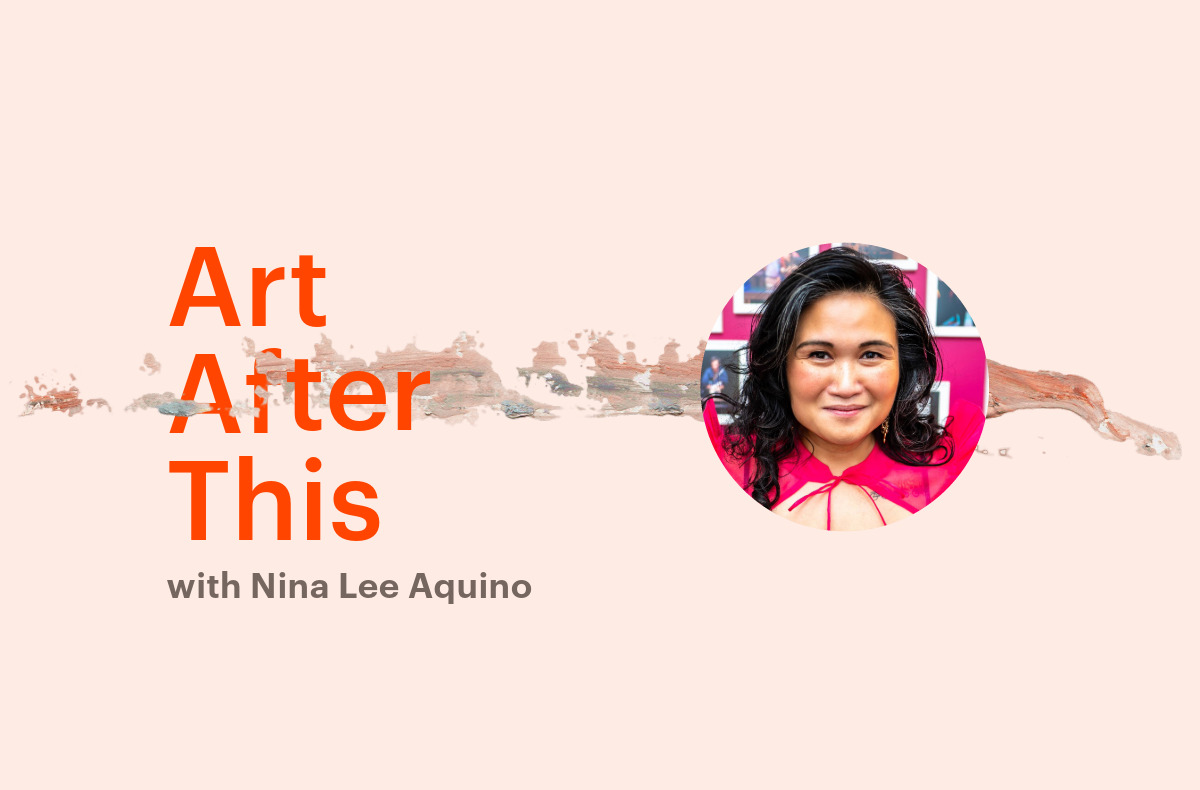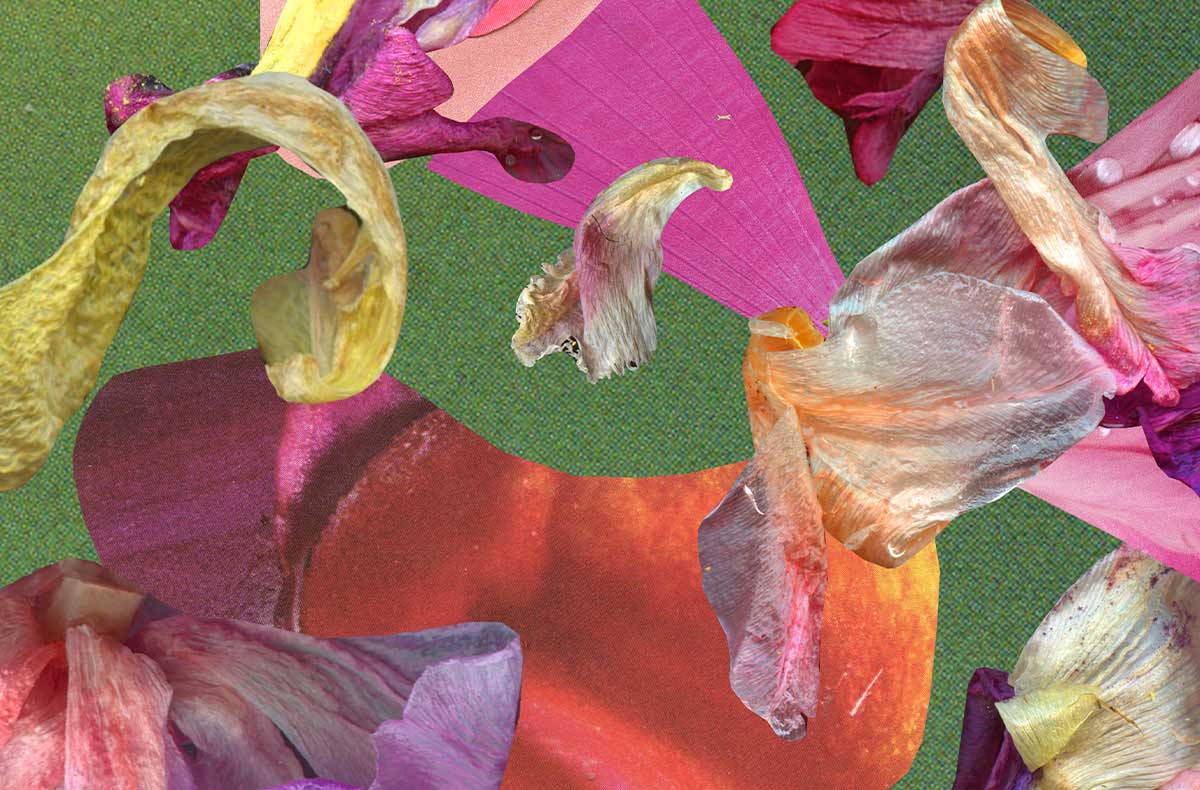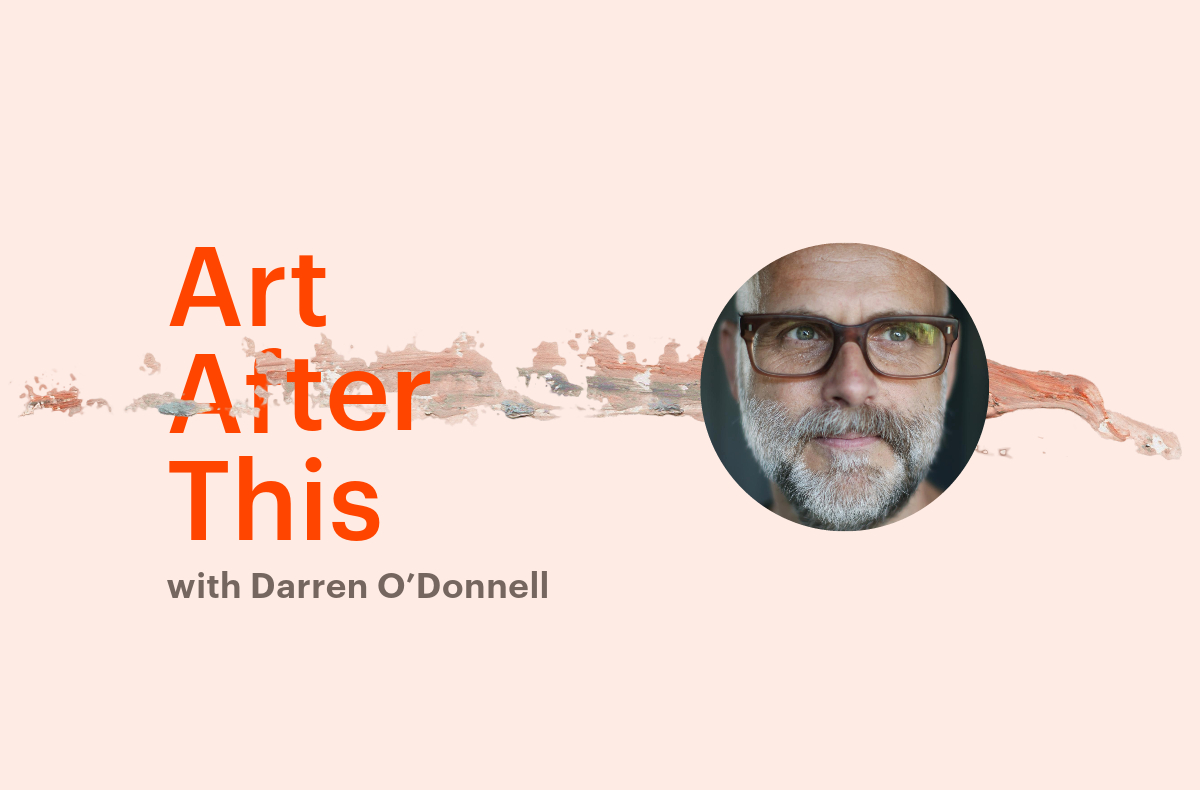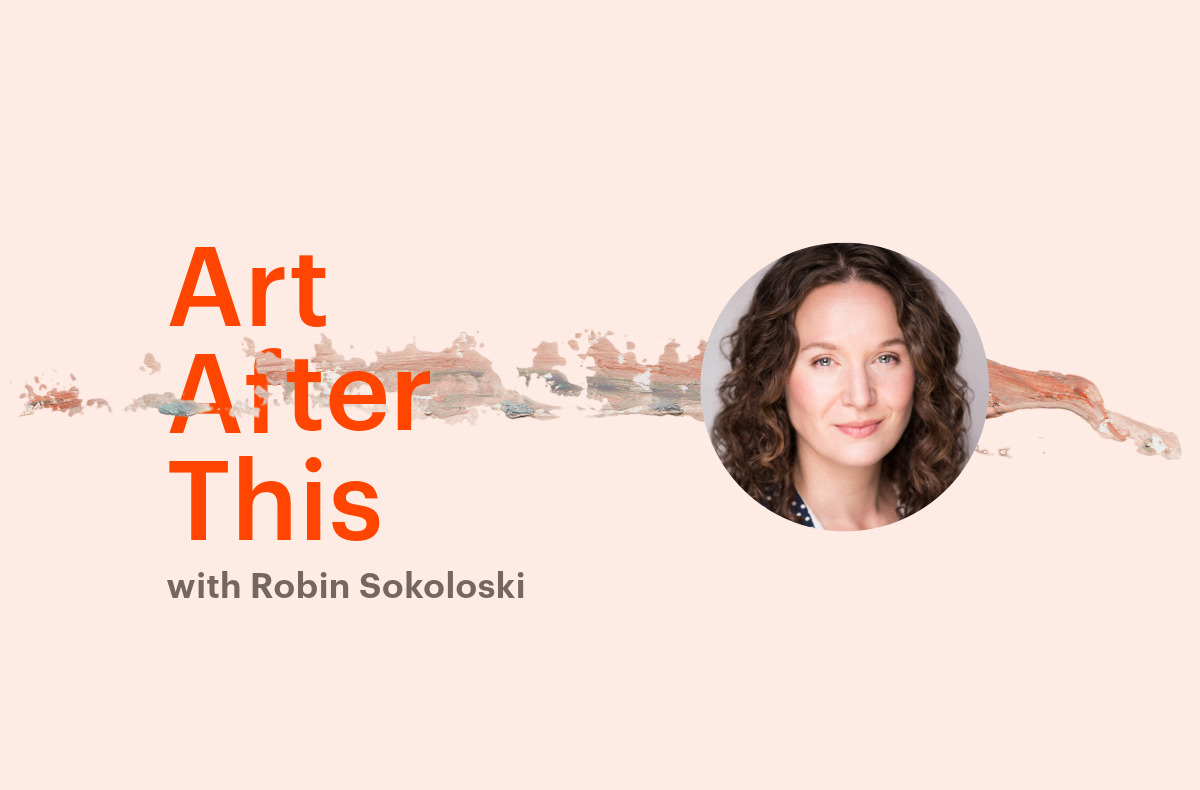By David Maggs, Metcalf Fellow on Arts and Society
What do you get when you take a child of revolutionaries, bring her to Canada with her diplomat parents, raise her on musical theatre, and place her atop one of Canada’s most illustrious cultural institutions? The short answer is, Nina Lee Aquino. The longer answer is why we at Metcalf were so excited to chat with her about our ongoing interest in the relationship between art and social impact.
My agenda around this topic, as I have explored elsewhere, is to have our cake and eat it too. I am sympathetic to fears that social impact can distract and detract from artistic priorities, but the idea of hiding inside defensive arguments of art for art’s sake seems boring, if not patently uncourageous at this point. Instead, can we expand our understanding of this relationship between making art and making impact through inspiring examples, thereby moving it from a place of compromise (real or perceived) to one of synergy? In chatting with Darren O’Donnell, we saw this relationship come alive by moving outside traditional cultural venues. This time around, in chatting with the recently minted artistic director of English theatre at the National Arts Centre, we explore the work of bringing it inside cultural institutions and within more familiar artistic practices.
“When I read about some of the dramatic political elements of your background and discover more about your creative influences,” I begin, thoughtfully, “I am a bit surprised things haven’t gone horribly wrong.”
Aquino laughs. “So, what’s your question?”
“Art with a lot of political energy can often stumble into the pedantic,” I explain, “ever worry about that?”
“I’ve battled stereotypes all my life,” she answers, “because of who I am, because of what I look like. If I was breaking stereotypes in life and then turning around and filling theatres with them? That’d be depressing, don’t you think?”
“So it’s a pitfall you’ve learned to avoid?” I ask.
Aquino flinches, “I mean, I watch that more ‘pedantic’ approach and just think, ‘whoah, way to check the boxes. There’s your couple of brown actors, there’s the line that was added because there’s a Black actor in the cast, there’s the token Indigenous performer…’ We all recognize the performative there, I just take it as a challenge to do better.”
“And avoid the political?” I ask. This earns me a very disappointed look.
“David,” Aquino begins, “I don’t steer art away from politics, I steer politics into art. I’m a soldier, I’m a warrior, everything I do comes from an activist place. I don’t go on social media, I don’t post, I get tired of talking. You want my opinion? You want my politics? You want my activism? See the show.”
Thinking of Aquino’s recent smash hit musical, Prison Dancer, I admit to her that her work doesn’t feel like activism to me.
“Because you are thinking of activism as soapboxes and megaphones,” she responds. “For me, that is not how activism comes alive in the theatre, that is not how I see art fulfilling its role in making the world a better place.”
I nod, beginning to follow, but admit I still worry that this can go wrong. I am fishing for some hesitation on her part, some sense why this isn’t obvious or easy. “Politics drowns out the art?” I suggest. “Art neuters the politics?”
Aquino pulls up her sleeve and slices the air in three even chunks. “I choose works around three principles,” she explains, “strong writing, powerful theatrical vision, and relevance.”
I perk up at relevance, noting the concept has also entered official granting practices in the UK recently.
“Relevance may be a little unusual,” she concedes, “but that’s the path to the political for me. Every production I have ever programmed is a love letter to someone. I’ve never been afraid of that specificity. And like all love letters, even when that love letter is not directed to me, when I read somebody else’s love letter, I know that I will feel things from it. And so that is my hope. When I present a love letter to a specific community, even adjacent communities still feel it.”
“And that’s your operational definition of relevance?” I ask. “The question, ‘to whom can this be a love letter?’”
“Exactly.”
“So, just a second,” I need to slow the conversation down for a moment. “You bring your political, activist soul into the heart of your artistic work through this path of relevance, which you operationalize creatively through this idea of writing love letters to specific persons or communities?”
To this, I get a nod.
“That’s how politics enters art without capsizing it?” I continue.
Another nod.
“And how art embraces politics without neutralizing it?” I add.
And another, leading me to my conclusion about Aquino’s work, “And so that’s how activism becomes art that speaks to people without getting stuck on a soapbox?”
Here, I get more of a whincy face instead. “Yes, but … this isn’t a trick,” she shrugs. “It’s not some secret recipe for hiding elephants inside suitcases. I’m not trying to make the political invisible, it has aesthetic consequences. It doesn’t always transform into the polished version of Canadian theatre we’ve come to expect in the city of Toronto. David Yee, my main collaborator, if you read reviews of our work together, we don’t fall into standard categories of naturalism or realism, we drift into magic realism, we play with time, we weave our political and artistic desires together and as we do, those narrow conventions of realism and naturalism may not always manifest. They don’t always work for all stories, especially IBPOC stories drawing from different worlds, different traditions, different ways of imagining ourselves.”
“Meaning that, when you write that love letter…” I begin, struggling to clarify my question.
“When we write that love letter,” Aquino resumes, “for a particular audience, a particular community, it may not always feel like the kind of theatre Toronto audiences are used to. Go to Vancouver or Montreal, they’re embracing different containers for how stories are told. Artists there have more freedom. We need that — exploring difference will land us in different containers on their way to different places. Can’t we be more willing to hop in and go?”
Aquino’s approach to integrating activism and art reminds me of a point I was trying to make last year on values. My worry was that the growing imperative to position arts organizations using increasingly specific and political value statements may be participating in — and even contributing to — the deepening polarization of our worlds. That it might limit the range of those who feel welcome in our venues and willing to engage with what we put on stage. That it may — ironically enough — confine and limit the range and depth of our social impact.
Aquino’s determination to do her talking on the ice offers refreshing contrast. Rather than putting her activism on Instagram, she embeds it deep into the content on stage. The challenge of her work is not to live up to it morally, but keep up with it artistically. And the faith of her work is that this is where it counts.





